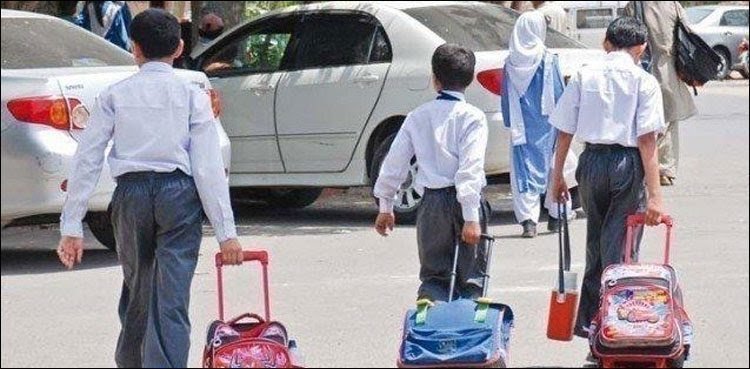As coronavirus spreads across the globe, how do we respond? School closure – A ‘yes’ or ‘no’?
With schools currently closed in Hong Kong, China, Italy, Iran, Vietnam, and elsewhere, we researched on whether school closures are effective in preventing and containing outbreaks and if the benefit outweighs the consequences of school closure.
Here are four learnings from past experiences in other countries with school closures during disease outbreaks.
1. School closure can be an effective measure to contain the spread of influenza, but timing and implementation matters.
A review of 79 papers on school closures during influenza pandemics show that there is no consistent effect of closing schools as a strategy to contain epidemics. However, it also notes that incidences frequently decline after school closure and that the effect was sometimes reversed when schools reopened—suggesting a causal role for school closure. Since schools tend to close at a later stage of the outbreak, and closures are implemented concurrent with other interventions, it is not always clear how much school closures themselves contribute to incidence reduction.
If schools are closed, contact between children outside of school needs to be restricted too, or the benefits of school closure will be virtually of no use. This is challenging, as bounding kids at home is not easy! A survey during a school closure in Argentina due to an influenza outbreak showed 67 percent children visited public places during the closure, with 45 percent making multiple visits. This contributes to reasons that transmission may not be substantially reduced, and the adverse consequences of school closures might outweigh any benefits.
2. Closing some parts of a school may contain the epidemic and reduce the negative consequences of full school closure.
Some countries therefore have school closure policies that first dismiss classes, then grades, and only then entire schools. A model-based evaluation using French data suggests that the closure of all classes of the same grade mitigates the spread of influenza-like illnesses almost as much as entire school closures and with fewer adverse consequences.
Another strategy is to stratify school closures by age, given different effects of school closure on younger and older children and the challenges of keeping older children contained. A household survey from a US state during the 2009 H1N1 flu pandemic suggested that older children, including those with influenza symptoms, left home at least once a day while schools were closed to visit stores, sports events, and restaurants.
If entire schools are not closed during a pandemic, they need proper system in place to prevent transmission. This may require educating staff and students on symptoms and transmission, and ensuring good handwashing practice is in place well in advance of a pandemic.
3. The cost of school closure for children and society is high.
The adverse effects of school closure often affect disadvantaged children more.
Once the epidemic is over and schools reopen, governments must make efforts to ensure that children return to school. The longer a child is out of school the less likely they are to return.
The economic effects of school closures are another important consideration. Parents staying home from work comes with significant economic costs. Crucially, an estimated 6 percent to 19 percent of key healthcare personnel would stay home to look after their children, putting huge strain on the healthcare system at a time when it most needed its health professionals.
4. Governments and schools must consider how to continue educating kids during long school closures.
Edtech might be the answer. While the quality of programmes might be low, and access might be an issue due to poor signal coverage, it would definitely help maintain a link to education.
The major role that Edtech is playing in China is tremendous, with over 200 million children using Edtech to study subjects like science, language, math and chinese.
In 2014, World Bank edtech specialist Mike Trucano suggested that a health-related scare might be the tipping point that pushes edtech into the mainstream.
SCHOOL CLOSURE IN SINDH:
No government will take the decision to shut down its schools lightly. The safety and well being of students should be the primary focus of schools.
It should be left on the health professionals and policy makers to decide whether schools are closed or not.
While Sindh Government has decided to keep educational institutes closed till 13th March, it’s now the responsibility of parents, as observed from examples in the past, to limit kids exposure to public places so that there is practical benefit of school closure.
Apart from that, there is an added task of planning enough indoor activities and educational resources to keep them occupied and up to date in learning.
If you have symptoms of flu, stay home, avoid unnecessary contact with others, up your hydration and wear a mask if you need to go out. Let’s be responsible citizens and put in our effort to contain this infection.

